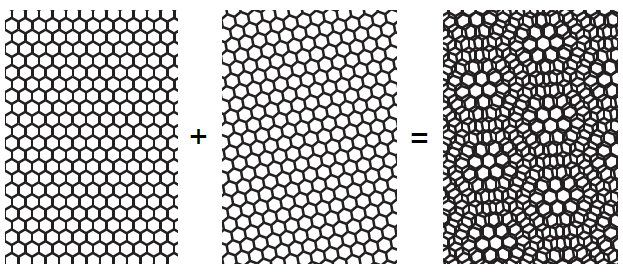This is a repost of an article I wrote in 2014. Note that Sean Carroll also wrote about this, and he’s an author of the cited paper.
My newest favorite philosophical dilemma is the Sleeping Beauty problem. The experiment goes as follows:
1. Sleeping Beauty is put to sleep.
2. We flip a coin.
3. If the coin is tails, then we wake Sleeping Beauty on Monday, and let her go.
4. If the coin is heads, then we wake Sleeping Beauty on Monday. Then, we put her to sleep and cause her to lose all memory of waking up. Then we wake her up on Tuesday, and let her go.
5. Now imagine Sleeping Beauty knows this whole setup, and has just been woken up. What probability should she assign to the claim that the coin was tails?
There are two possible answers. “Thirders” believe that Sleeping Beauty should assign a probability of 1/3 to tails. “Halfers” believe that Sleeping Beauty has gained no new relevant information, and therefore should assign a probability of 1/2 to tails. The thirder answer is most popular among philosophers.
This has deep implications for physics.

